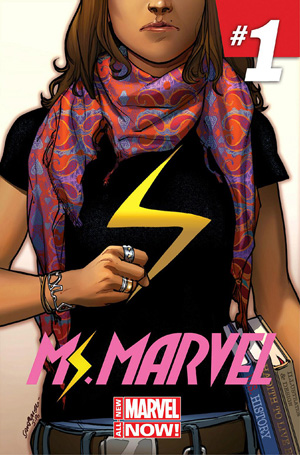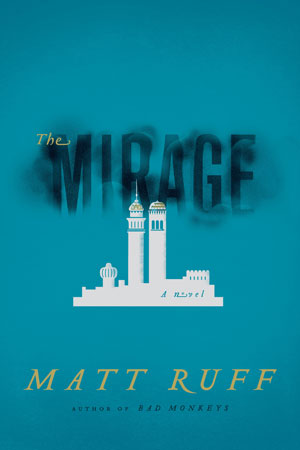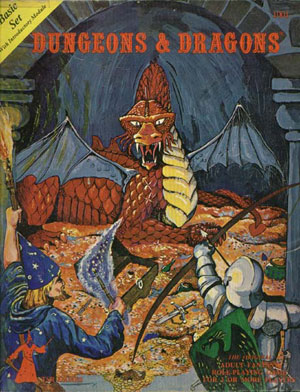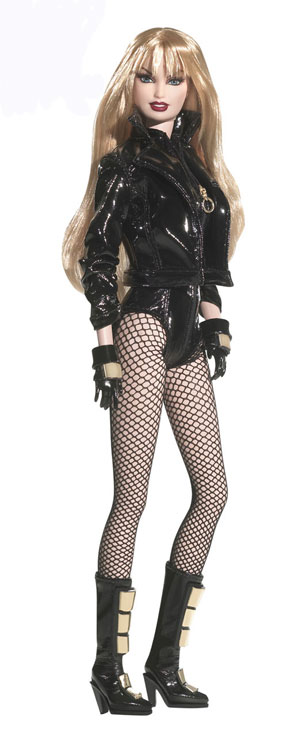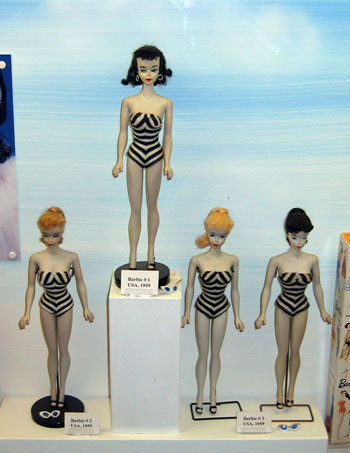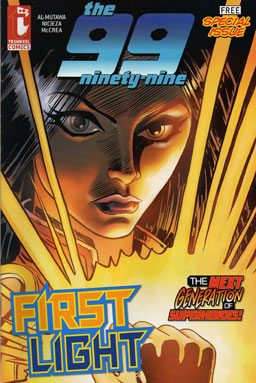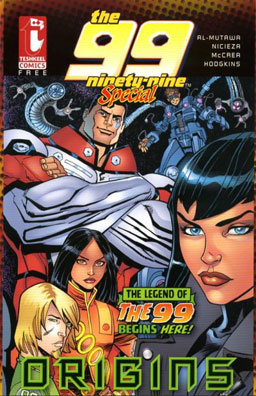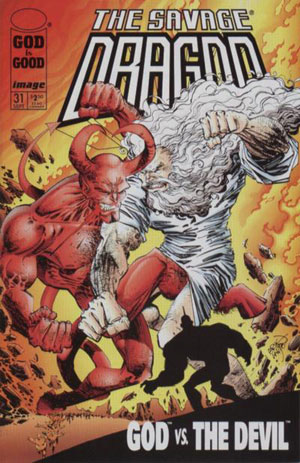This Week in Comic Book Diversity
It’s been a weirdly excellent week for diversity in the comic book world.
The biggest news has been the announcement that Marvel was introducing a new Ms. Marvel, a shapeshifting Muslim teenager who idolized the current Captain Marvel, Carol Danvers. Kamala Khan made a very brief debut in this week’s issue of “Captain Marvel” and will be appearing in her own comic book in February. She isn’t the first Muslim female character in a comic book, but it’s very likely she’s the first to grab her own starring role in a comic from the Big Two.
As was pointed out to me by a friend, while this is good news, it would be even better news if Marvel hadn’t even felt the need to publicize this — that woulda meant that having characters who were not white straight male Christians was no longer considered shocking or surprising or uncommon — that there was no longer an “other,” just people who had interesting stories we could tell.
Nevertheless, a lot of the excitement about this is because readers are excited that there are new interesting characters to read about and who are happy that the comics world is becoming a more open, less exclusionary place.
Outside of the printed page, there’s a lot of other news about TV shows. DC announced that the CW would bring a new superhero to the screen. No, not Wonder Woman — she’s still considered too weird and obscure and non-penis-endowed for TV. Instead, they’re going with Hourman. Yeah, a little-known Golden Age character who only has powers for an hour at a time after taking a pill. That’s so much more mainstream and cool and sensible than Wonder Woman, isn’t it?
On the other hand, the CW also announced that they’d be producing a new TV show based on Chris Roberson and Michael Allred’s “iZombie,” which of course stars a female character. This sounds like it may be a bit more interesting — the CW’s superhero shows (Well, “Arrow” — more are planned, of course) seem to be oriented around brooding shirtless hunks being angsty. A zombie who solves crimes by snacking on brains sounds like a meatier premise, though still probably pretty angsty, too.
Perhaps more encouraging on the TV front is that Netflix is going to make a number of shows based on Marvel characters, including Daredevil, Jessica Jones, Luke Cage and Iron Fist, and the Defenders. This is pretty exciting news — Marvel has been a lot more successful with superheroes in the mass media, and it means that Marvel stands a very good chance of beating DC to getting a female superhero into a starring role on TV. If there’s anything that could push DC into taking Wonder Woman seriously as a media property, it might be Marvel stealing their thunder again.
(Though on a semi-related note, what’s up with Marvel still not starting up a Black Widow movie? You’ve got one of the most famous, most marketable movie stars on the planet playing backup roles in other people’s movies, guys. For the sake of Croesus, make a Black Widow movie and put Scarlett Johansson’s name above the title.)
And finally, dropping back to comics, former Lubbock artist Rachael Anderson was just spotlighted in Comics Alliance’s new “Hire this Woman” feature! We have our fingers crossed that this will help draw more attention to a really outstanding artist. We’d love to see her name on big-name comics soon.
Does all this big pro-diversity news mean the struggle is over, or even close to over? Obviously not. For one thing, DC Comics still exists, and it’ll be years before they let go of the “Comics are only for white male geeks” paradigm. But any progress forward is good news, and if television success can drag the comics industry a bit closer to the 21st century, I’m all for it.

